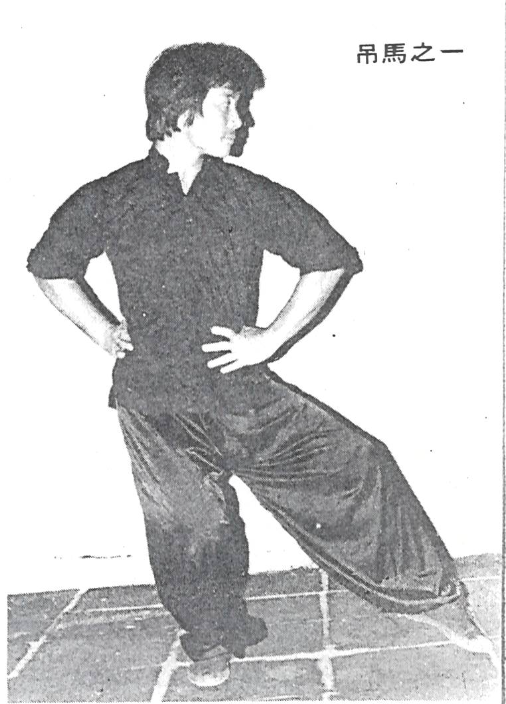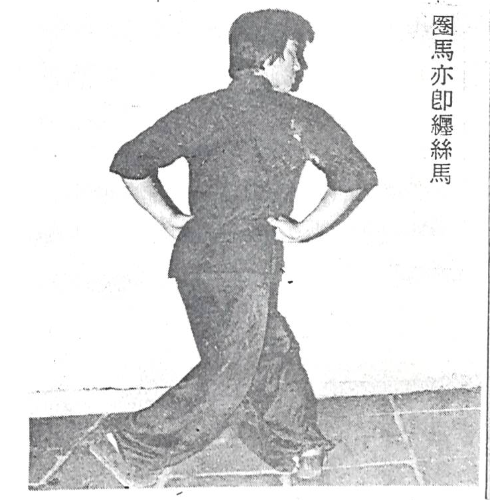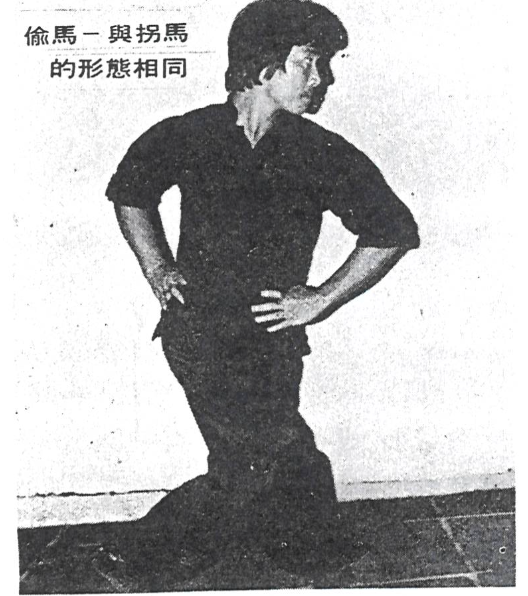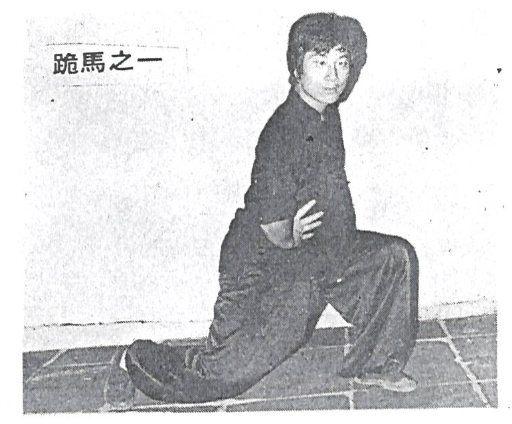Choy Lee Fut Horse Stance Secrets: Master Lee Koon Hung Demonstrations
In Chinese martial arts, the horse stance holds a very important position. Traditionally, one should practice horse stance before learning fist techniques—this is the proper path of martial arts training. Those who deviate from this path will find it difficult to achieve ideal martial arts proficiency. It can be said that regardless of any martial art style, horse stance must serve as the foundation. If horse stance is not practiced well, even excellent fist techniques become like a mirage, difficult to put into practice.
In Choy Lee Fut 蔡李佛 fist techniques, the five fundamental horse stances serve as the primary foundation. These include Sei Ping Maa 四平馬, Zi Ng Maa 子午馬, Diu Maa 吊馬, Gwaai Maa 拐馬, Cin Si Maa 纏絲馬, Tau Maa 偷馬, and Lok Gwai Maa 落跪馬. Each stance has different characteristics and functions.
Sei Ping Maa 四平馬
Sei Ping Maa 四平馬 is one of the more stable and simple horse stances in Choy Lee Fut 蔡李佛, but its requirements are stricter than other stances. This is because only Sei Ping Maa 四平馬 is the primary stance for training lower body power. When practicing Sei Ping Maa 四平馬, practitioners will feel their thigh muscles compressed and tense to the point of pain. Initially, both legs may tremble uncontrollably—this is a normal phenomenon, indicating that the horse stance is receiving genuine training. During practice, begin by standing straight with knees slightly bent, then spread both feet outward from the toes as much as possible, then keep the toes in place and spread the heels outward as much as possible. Repeat this process for three and a half steps to achieve the correct Sei Ping Maa 四平馬 opening and width. Then bend both legs until they form a horizontal line, lowering the entire body so that all force is concentrated between the knees. Due to the three-and-a-half-step width, the body moves downward until the legs form a plane. To achieve this requirement, both knees must be pressed inward as much as possible, concentrating all body force between the knees while keeping all muscles as relaxed as possible. Although during the Sei Ping Maa 四平馬 process, the leg muscles will inevitably tense. This is normal, and practitioners should not be psychologically affected by muscle pain from training. The complete requirements for Sei Ping Maa 四平馬 are: soles flat against the ground, waist straight, head held high, shoulders and legs maintaining perfect balance—this is the requirement for Choy Lee Fut 蔡李佛’s Sei Ping Maa 四平馬.

Zi Ng Maa 子午馬
Zi Ng Maa 子午馬 is also called Gung Jin Maa 弓箭馬, meaning its form is like a bow and arrow matched together. The front leg bends like a strong bow being drawn tight, the back leg extends straight like an arrow being released, while the waist maintains the same requirements as Sei Ping Maa 四平馬. However, the direction changes from facing forward to facing sideways, aligned with the bow and arrow stance. During practice, the left and right bow forms constantly change, the waist rotates with the stance changes, creating extreme directional shifts. The purpose is to make the horse stance lively through continuous practice and achieve body balance through constant changes, while the waist also receives appropriate training to become flexible.
Diu Maa 吊馬
Diu Maa 吊馬 is a stance of one empty and one solid. The waist maintains balance requirements, the front leg is empty as if nothing is there, while the back leg sits slightly bent to become the main force. The body is slightly tilted, facing the same direction as the front leg. Since the front leg is empty, the entire raised leg’s force is concentrated in the thigh, while the foot from toe to knee becomes completely force-free, acting as a directional pointer. The entire Diu Maa 吊馬 form is like fishing over a deep pool—empty and solid clearly distinguished. During practice, empty and solid can change instantly, creating a strong contrast, while direction also undergoes extreme changes.

Kyun Maa 圈馬
Kyun Maa 圈馬 is also called Cin Si Maa 纏絲馬 or Nau Maa 扭馬. Regardless of the name differences, they are essentially the same. In static form, Kyun Maa 圈馬, Tau Maa 偷馬, and Gwaai Maa 拐馬 are the same, but their processes differ greatly. For Kyun Maa 圈馬, within the “M” shape of Sei Ping Maa 四平馬, simply lift the front foot slightly and change the foot direction by 180 degrees. The body also rotates with extreme changes. At this point, the horse stance form becomes an “X” shape, with all body parts maintaining the same balance as other stances. At this time, most of the horse stance force is concentrated in the front leg, while the back leg becomes almost auxiliary.

Gwaai Maa 拐馬
Gwaai Maa 拐馬 is a backward retreating stance. Whether the previous stance was Zi Ng Maa 子午馬 or Sei Ping Maa 四平馬, simply lift the front foot slightly, touch the toe to the ground and extend backward. The entire stance also becomes an “X” shape. Due to the front foot retreating backward, the front and back feet become alternating changes. Force is still concentrated in the front foot of Tau Maa 偷馬, while the back foot is auxiliary.
Tau Maa 偷馬
Tau Maa 偷馬 is a forward advancing stance, completely opposite to Gwaai Maa 拐馬, and the evolution process is also different. Whether the previous stance was Zi Ng Maa 子午馬 or Sei Ping Maa 四平馬, simply lift the back foot and step forward. The foot direction remains completely the same, but the stance form becomes an “X” shape, while the body direction remains the same as the previous stance.

Lok Gwai Maa 落跪馬
Lok Gwai Maa 落跪馬 is a low stance. Every movement requires both knees to be bent, the body slightly tilted but straight. Whether striking with hands or feet, force is concentrated between the knees and thighs. Moreover, force will at times be concentrated in one leg, becoming a stance of one empty and one solid. However, during the process of switching left and right positions, the body’s waist produces a rotating effect to maintain the body’s center of gravity, and the rotation response is completely natural.

Tai Maa 提馬
Tai Maa 提馬 is a single-leg standing stance. Force is completely concentrated in the standing leg, but the center of gravity is completely in the raised foot. To maintain body balance depends on whether the raised foot meets the standard. In other words, if the raised foot position is poor, then the foot standing on the ground will have difficulty staying steady, and the body will have difficulty maintaining balance. In form, the practitioner’s body appears like natural standing, with the only difference being one foot raised as high as possible, the knee pressed close to the chest, making the toe light and tight against the thigh. But when necessary, the raised foot can move freely up and down, forward and backward.
